milkweed (Asclepias) (Asclepiadaceae) not too often grown trvalkám, which is a shame, because of the conditions in culture are not too demanding a minimum of care to reward her exotic beauty and interesting habitus inflorescences. The name is derived from the name of one of the greatest physicians of antiquity, Asklépia z Thessaly.
It is a perennial herb with dřevnatějící base with several straight stalks that grow out of creeping rhizome. The leaves are opposite, v přeslenu, rarely alternate. Flowers in terminal or axillary panicles or individual. The crown is white, yellow-orange, pink, red or greenish with very short corolla tube. The fruit is ovoid vesicle. About 100 Species is home to America. The flowers are pollinated by insects, seeds spread by wind. Typical are the dairy, injuries sheds heavily white milk containing toxic alkaloids and glycosides. May cause skin irritation. Plants found their use in medicine and pharmacology. Their use as a medicinal plant but certainly not for the content of toxic substances recommended by amateur growers.
The original habitats plants often grow in areas with a relative shortage of water and are therefore well adapted to the drier periods of the year. You can meet them in the semi-deserts areas of southwest USA, grassy communities and in communities in the bushes or light woods. Many species is fully hardy and zimovzdorná and can be quite seamlessly grow in our conditions. In the culture of habitats they prefer full sun, humic, but well-drained soil (may be harder to endure persistent wet winter), they are quite easy to irrigation and more or less throughout their vegetation sufficient natural rainfall. Very well tolerated southern exposure. Nakvétají mostly in late summer and the flowers are much visited by insects and especially butterflies. ELAM are attractive and fruit in the form of inflated bladders, during maturation release quantities of seed long fluff. Seeds can be sown in early spring, Most species testifies 3-5 weekly stratification at 4 ° C. Besides sowing plants can be divided at the beginning of vegetation, for each separate part of rhizomes must remain at least one bud.
- Asclepias syriaca
- Asclepias syriaca
Probably the most common milkweed can meet hlíznatou (Asclepias tuberosa) very striking, bright orange flowers. In addition to the botanical species, the yellow-flowered cultivar ‘Hello Yellow’ is also grown.. In a culture blooms from July to September. It grows and flourishes without problems. It grows around 60-90 cm height. In nature, grows on dry, grassy habitats of North America. Hardy to -20 ° C.
Asclepias tuberosa
Very decorative species is Asclepias incarnata with purple-pink flowers. Blooms in summer. As one of the few prefer a little moister habitats, However, well drained. Quite well but tolerates přísušek. It grows up to 100 cm (according habitat). A cultivar with pure white ‘Ice Ballet’ flowers is also grown.. His requirements are the same. Shown are hardy to -25 ° C.
Asclepias speciosa It is quite robust species, which can grow relatively rapidly by underground rhizomes and it needs to "watch". It grows up 100-120 cm and nakvétá large inflorescence light purple floret. The leaves are large, helpfully built, simple and moderately wide felty.
Very interesting species is also Asclepias verticilata white, or slightly greenish florets. The plant is striking and very fine habit. On the stem of a plurality of narrow, almost čárkovitých leaves arranged in whorls 3-4. This species belongs to the lower, grows to a height of about 60 cm. Nakvétá in July. Tolerates sandy, kaménkatou land, dry and full of sun. In nature, prefers grass společenstvům, such increases. in Great Plains.
Asclepias curassavica blooms like And. tuberosa, but not reliably zimovzdorný and more are grown for cut flowers.
Other species include anti-freeze. And. hallii, And. brachystephana, And. cryptoceras, And. cutleri, A.erosa, And. hypoleuca, And. subulata, species such as And. viridiflora a And. asperula interest with almost green flowers.
Milkweed, thanks to its exotic appearance, interesting flowers and minimum requirements in culture certainly deserves more attention. Their big advantage is that, they almost do without additional toppings and thus can be widely used in gardens, where it counts particularly with drought plants.
The article was published on the website of the Association Czech perenářů courtesy magazine Zahrádkář.





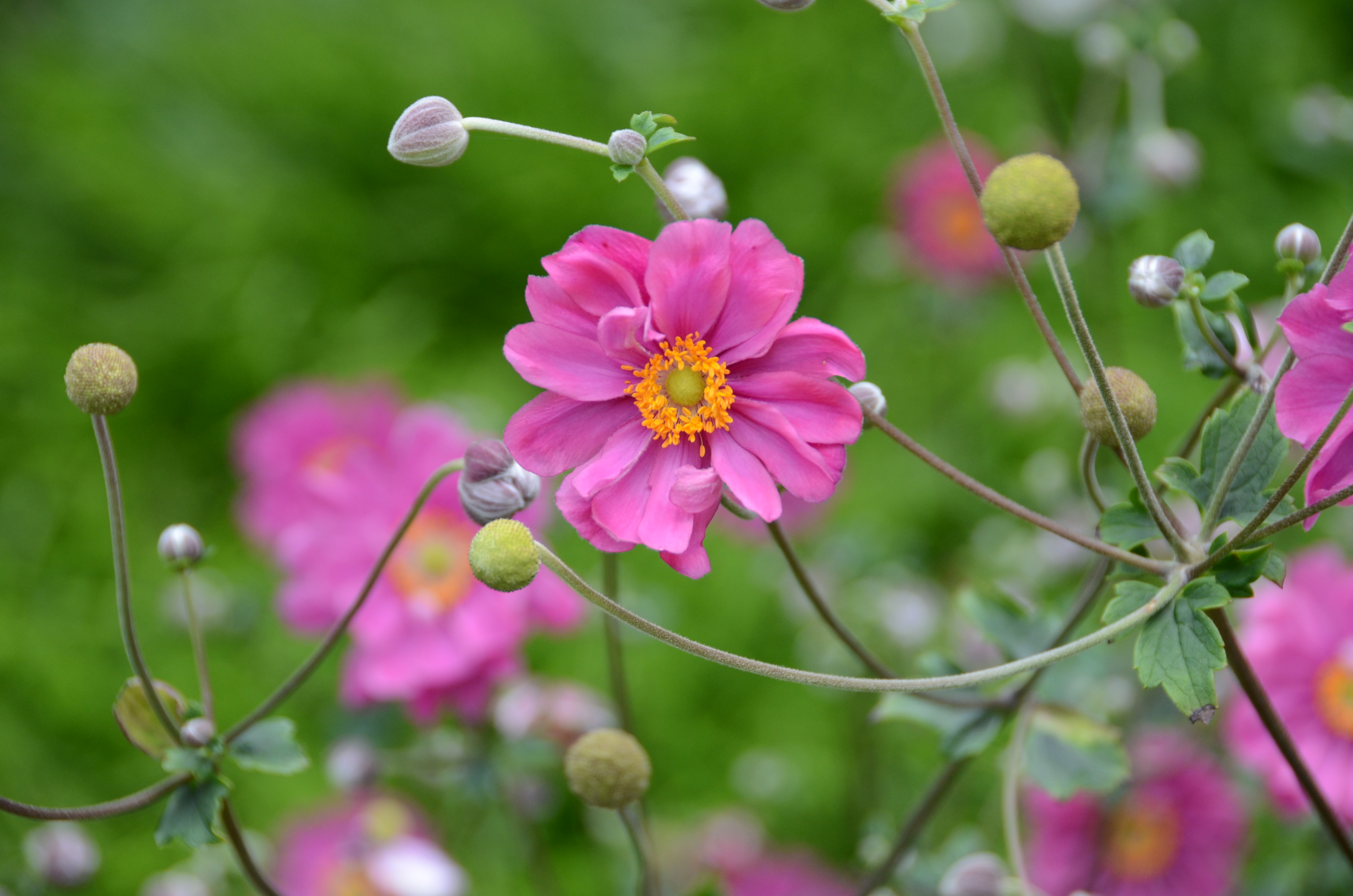
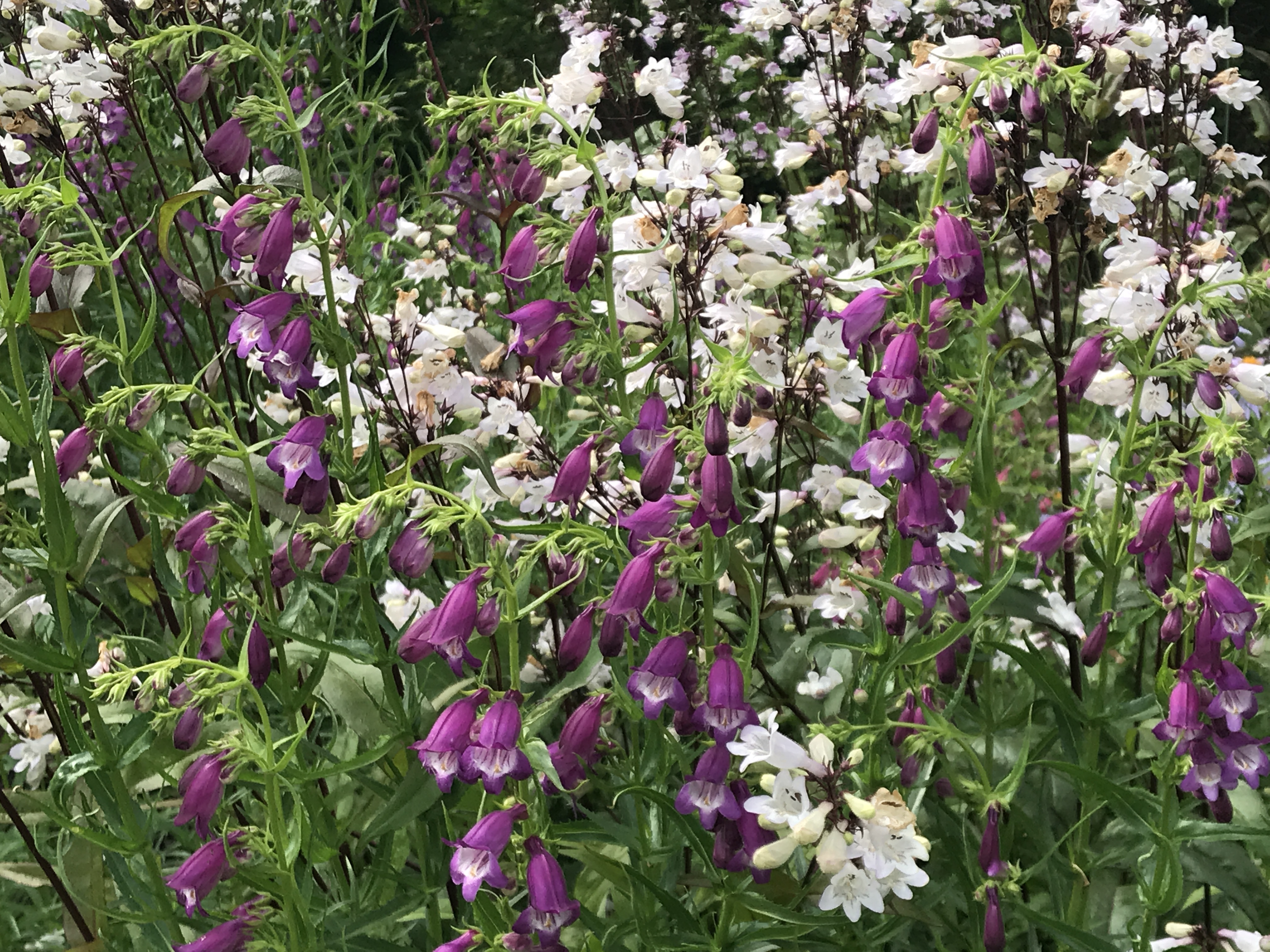

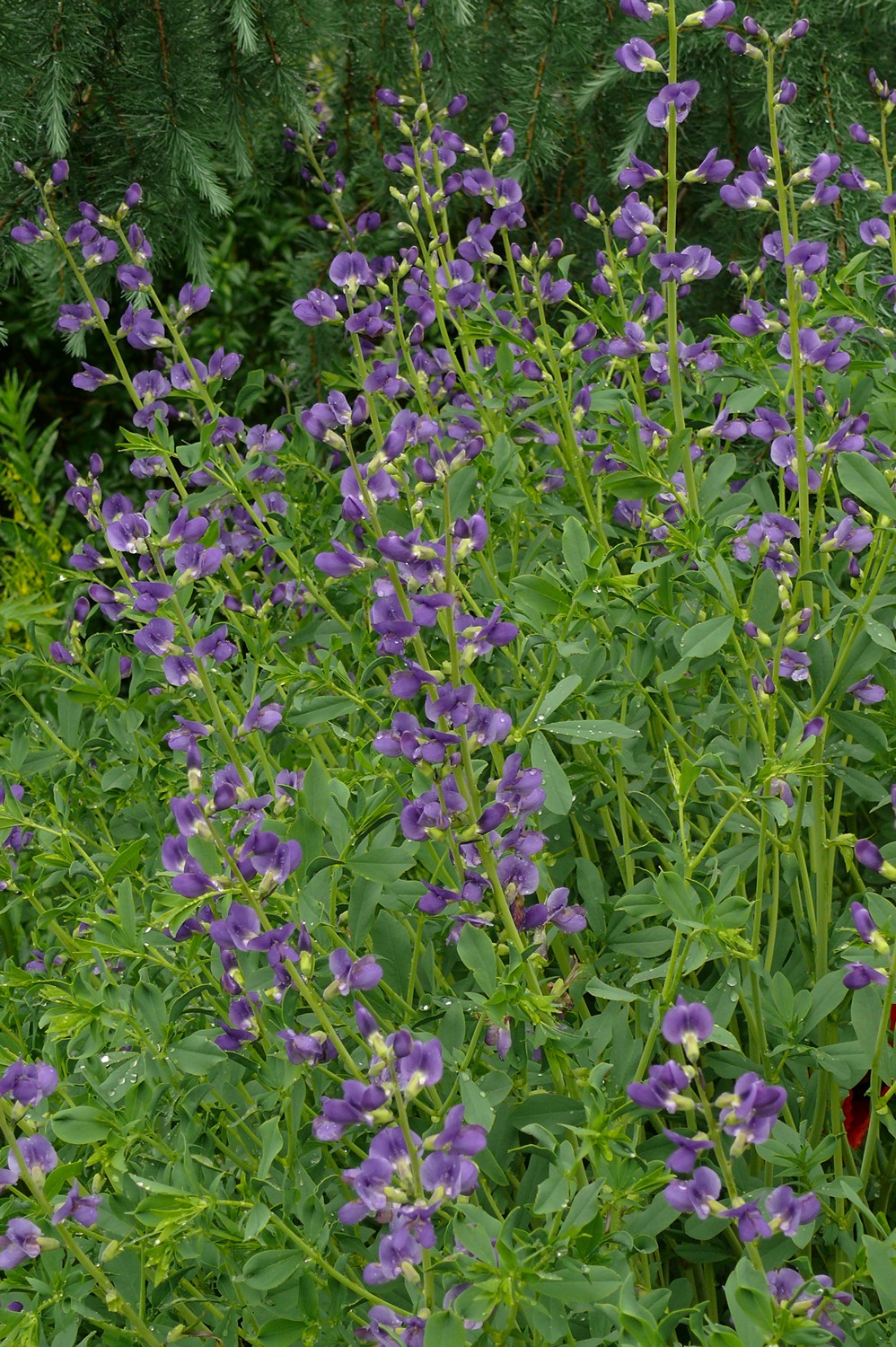
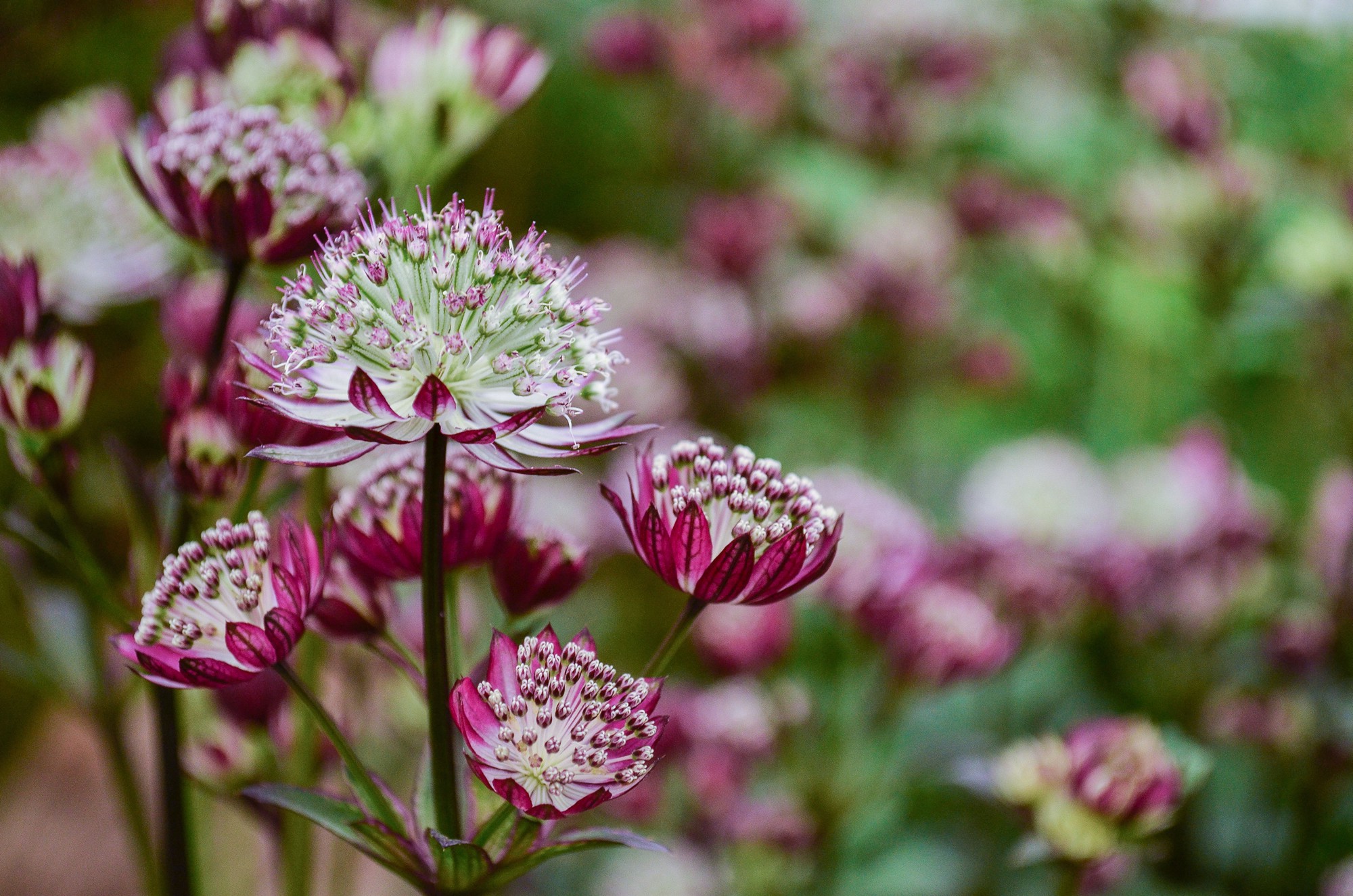




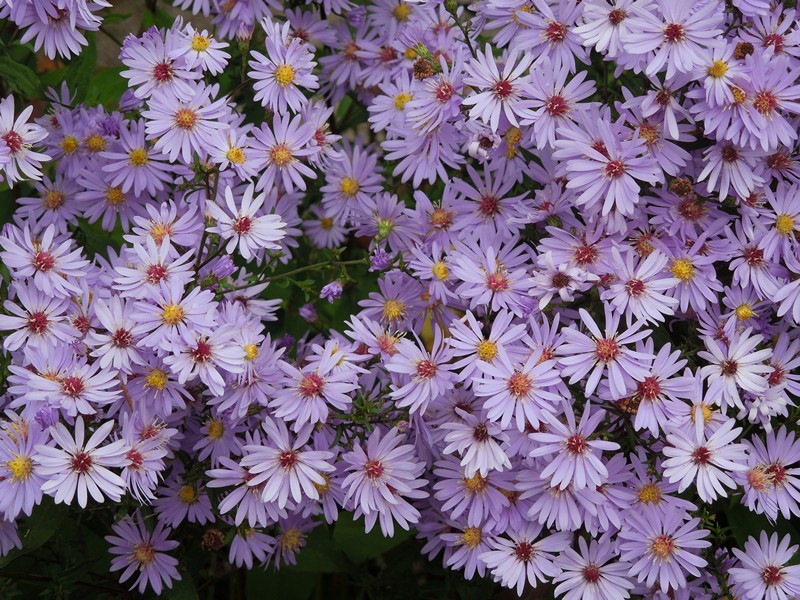
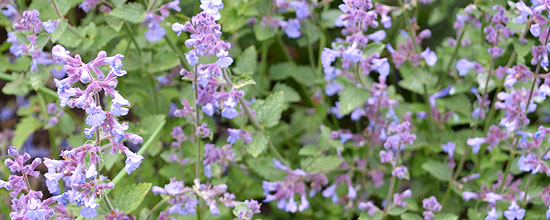
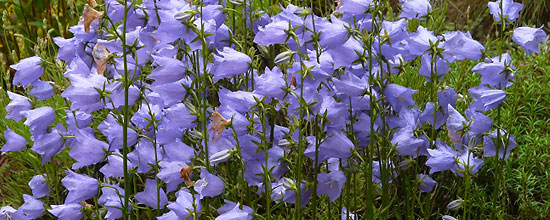


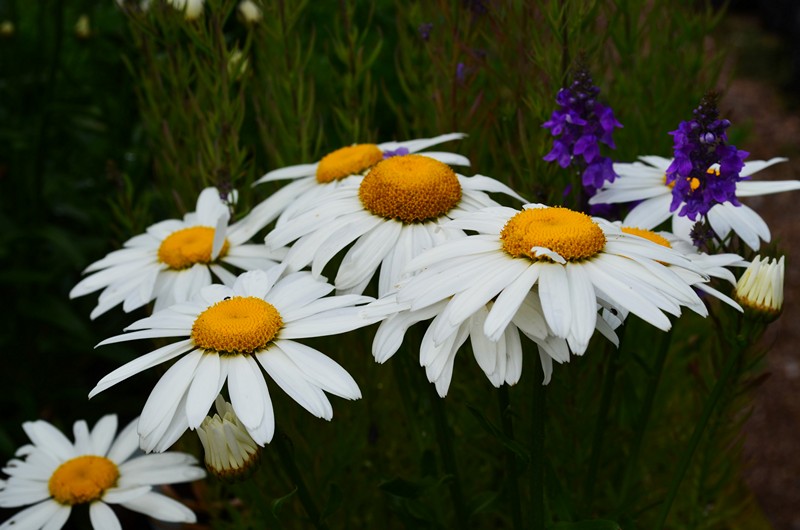
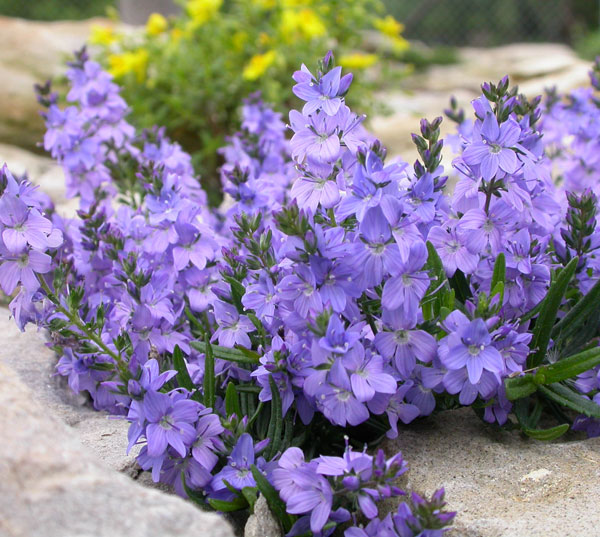


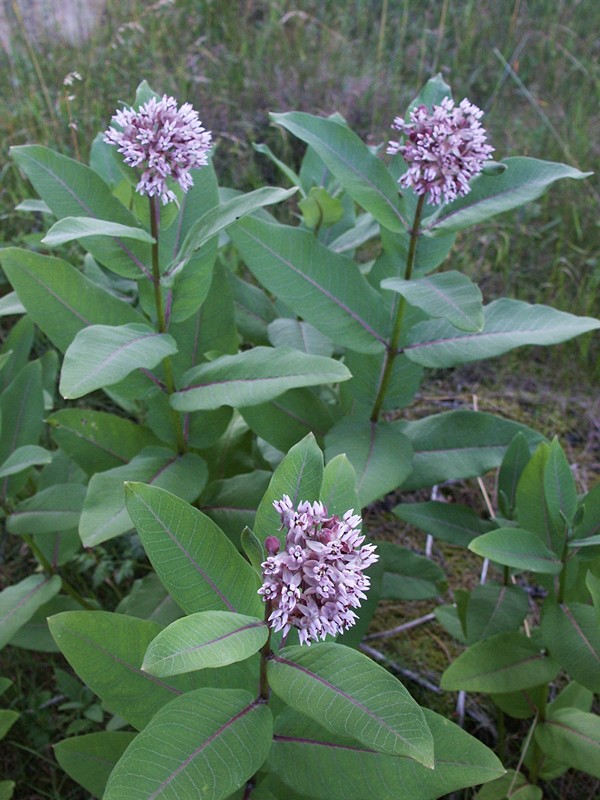

According to the source https://botany.cz/cs/asclepias-tuberosa/ has a tuberous glue bloom orange (yellow), in the picture you have in the article it blooms purple. What is right?